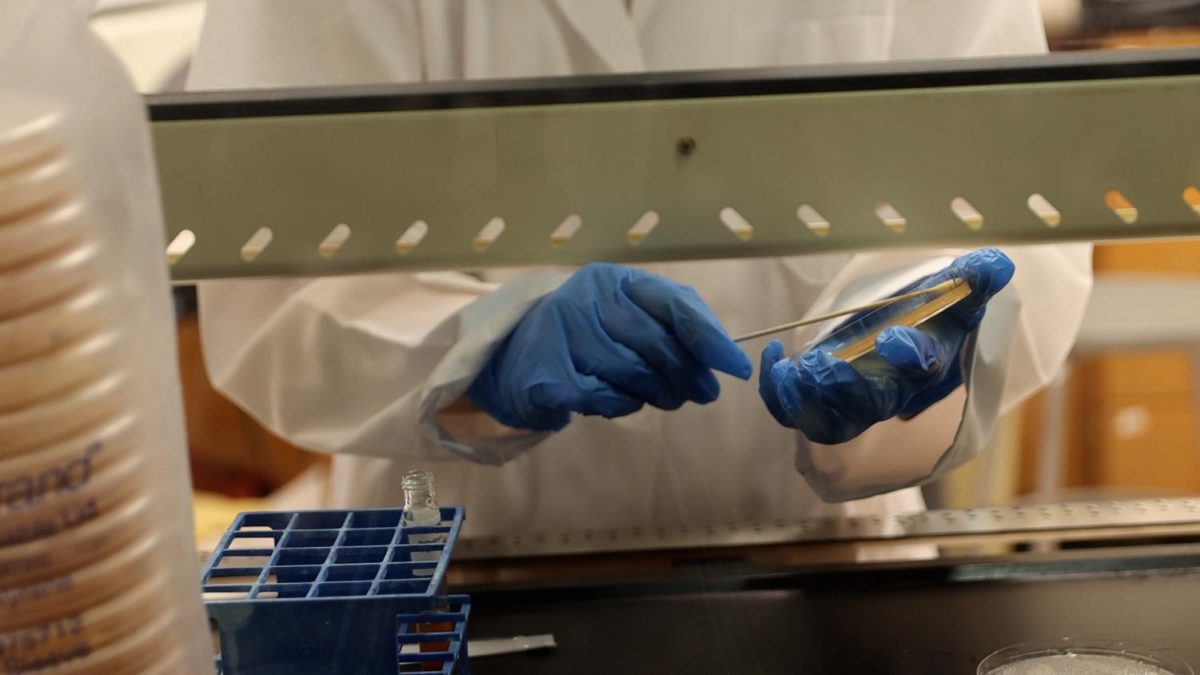A bamboo sword jabs an opponent’s breastplate, as they lean back to avoid it. The swish of the sword slices through the air, as a player uses elaborate footwork to retaliate. These are experiences that sophomore Wonny Jang has gotten accustomed to as a Kendo player.
Kendo is an ancient Japanese martial art, where the player attempts to strike their opponent in one of four areas, the Men (head), the Kote (wrists), the Do (torso) and the Tsuki (throat), using a bamboo sword known as the shinai, according to All Japan Kendo Federation.
“In Kendo, the masters and students follow the lesson ‘coexist and prosper together’ as they learn,” Jang’s Kendo sensei (teacher) Jaewook Park said in Korean, which was translated into English by Alice Ahn. “We also vow to always be together and share our pride. The sensei and the practitioners follow the same path. The master does not teach solely with their own perspective in mind. They must put themselves in the student’s shoes and teach in accordance.”
Jang started Kendo in the fifth grade. Jang’s main strike is the head because of his height; the head is easily reachable, as opposed to the wrist or the waist.
Kendo teammate and sophomore Jenny Park first began doing kendo in the sixth grade. With Jang already on the team, Park found herself feeling more motivated during practices and competitions.
“Wonny is one of my closest friends,” Jenny Park said. “Although we met through kendo, throughout the years, we’ve grown much closer. Being friends with your teammates is important because it allows you to get to know them better outside of the sport. It also makes practices more fun and allows you to talk to them without making it awkward.”
Despite the encouragement of peers like Jenny Park, Jang must endure periods of mental struggle to succeed in kendo, such as huge periods of demotivation and a lack of self-confidence.
“There used to be on and off motivation,” Jang said. “After a competition, maybe the results aren’t that good, and you want to keep going and get better, but then there’s also a slump.”
Even though he feels demotivated at times, Jang has pushed past it to become a better Kendo player and is still continuing with the martial art to this day.
“I think I learned lots of lessons about perseverance and self confidence during training/competitions,” Jang said. “I learned that hard work will always be rewarded, even in ways you don’t expect it to, and that you can never be ‘good’ at something until you have confidence in your abilities. These are all lessons that I can apply to my life outside of Kendo, like in band and with schoolwork.”
This story was originally published on Portola Pilot on March 5, 2024.





![With the AISD rank and GPA discrepancies, some students had significant changes to their stats. College and career counselor Camille Nix worked with students to appeal their college decisions if they got rejected from schools depending on their previous stats before getting updated. Students worked with Nix to update schools on their new stats in order to fully get their appropriate decisions. “Those who already were accepted [won’t be affected], but it could factor in if a student appeals their initial decision,” Principal Andy Baxa said.](https://bestofsno.com/wp-content/uploads/2024/05/53674616658_18d367e00f_o-1200x676.jpg)






![Junior Mia Milicevic practices her forehand at tennis practice with the WJ girls tennis team. “Sometimes I don’t like [tennis] because you’re alone but most of the time, I do like it for that reason because it really is just you out there. I do experience being part of a team at WJ but in tournaments and when I’m playing outside of school, I like that rush when I win a point because I did it all by myself, Milicevic said. (Courtesy Mia Milicevic)](https://bestofsno.com/wp-content/uploads/2024/06/c54807e1-6ab6-4b0b-9c65-bfa256bc7587.jpg)
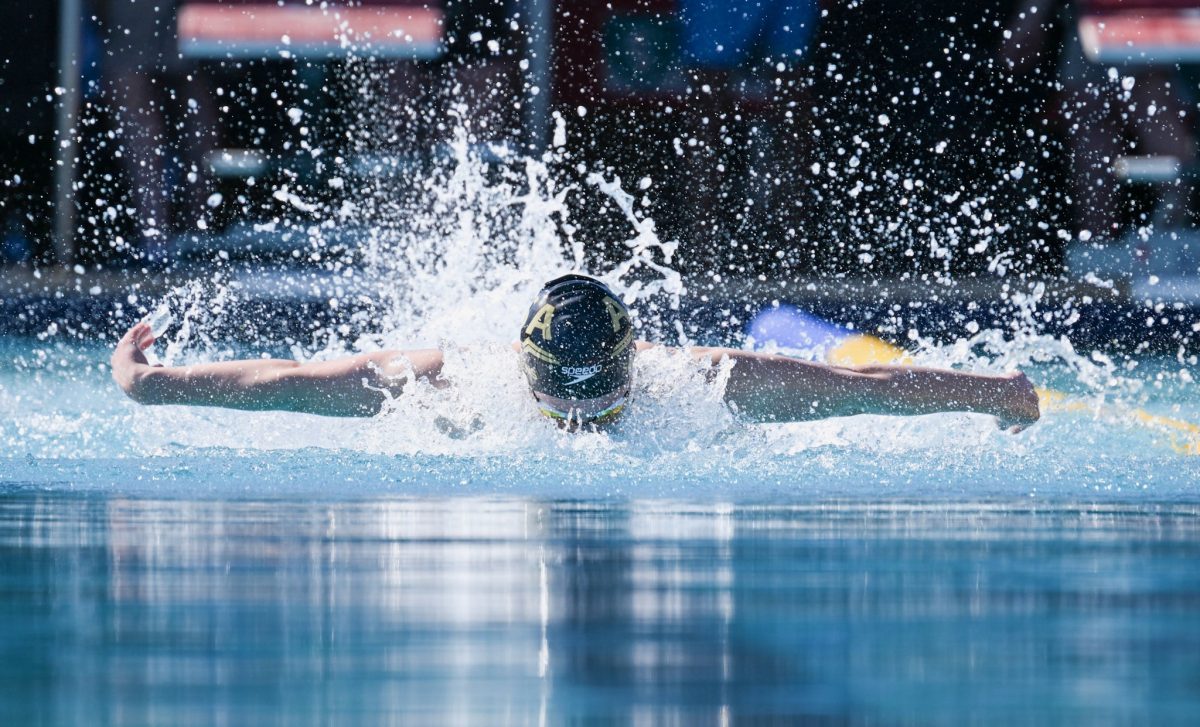
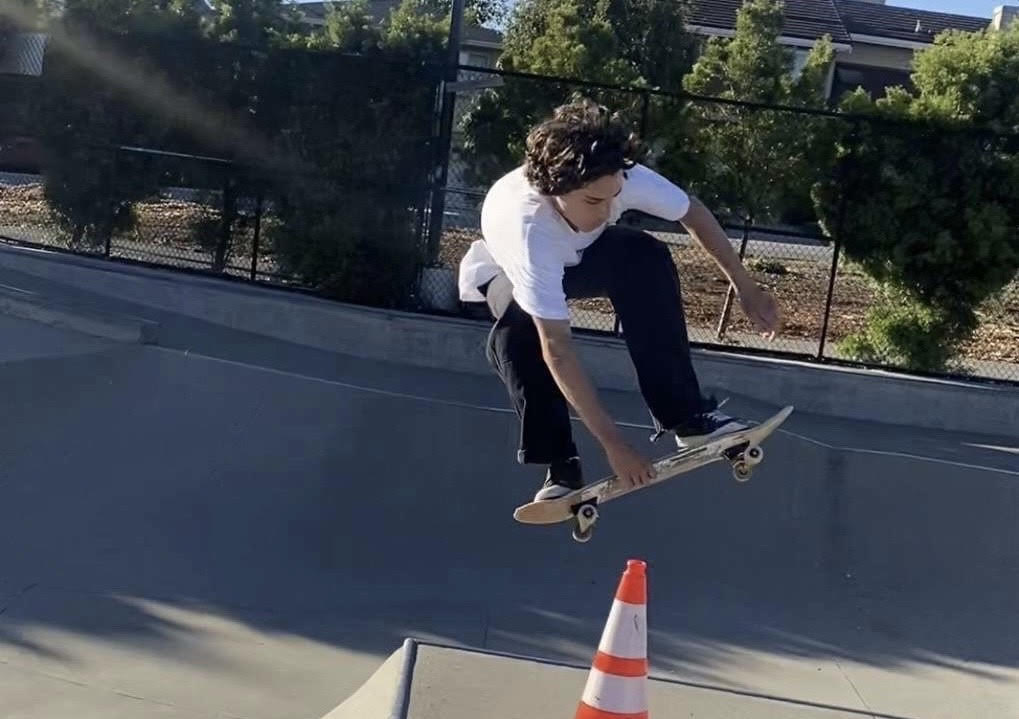

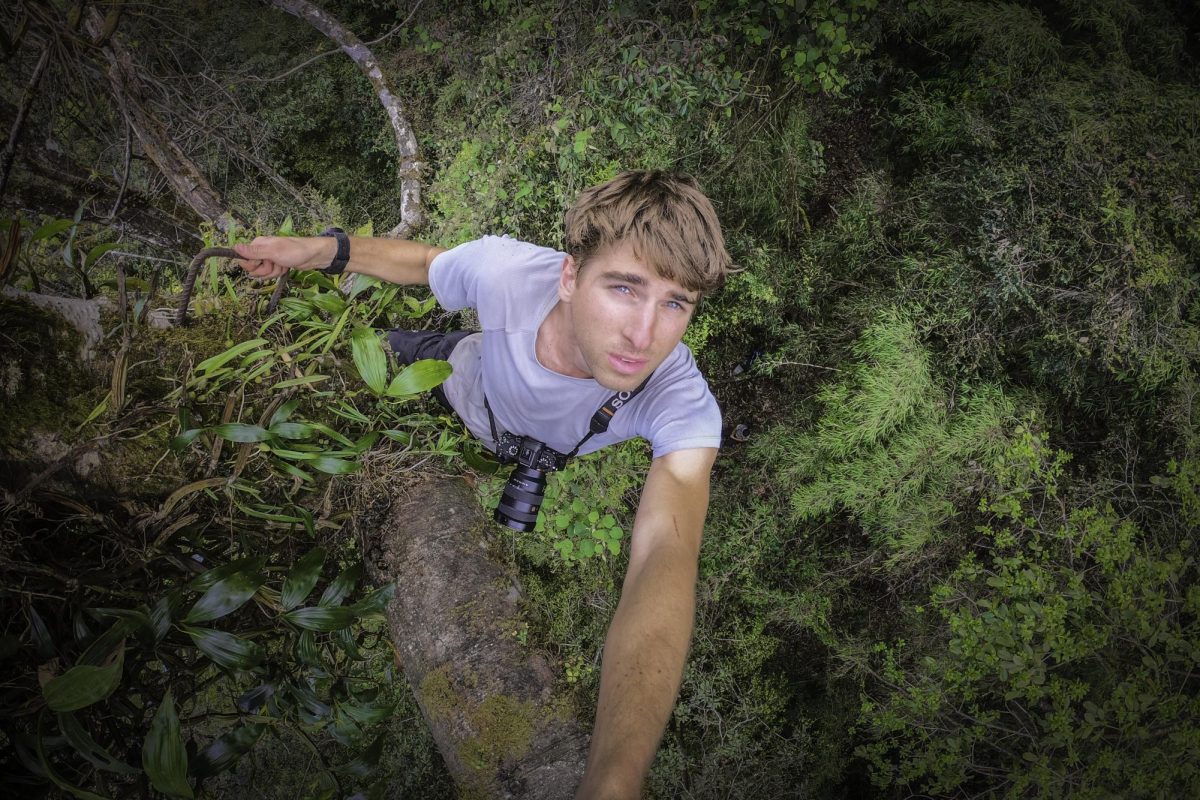

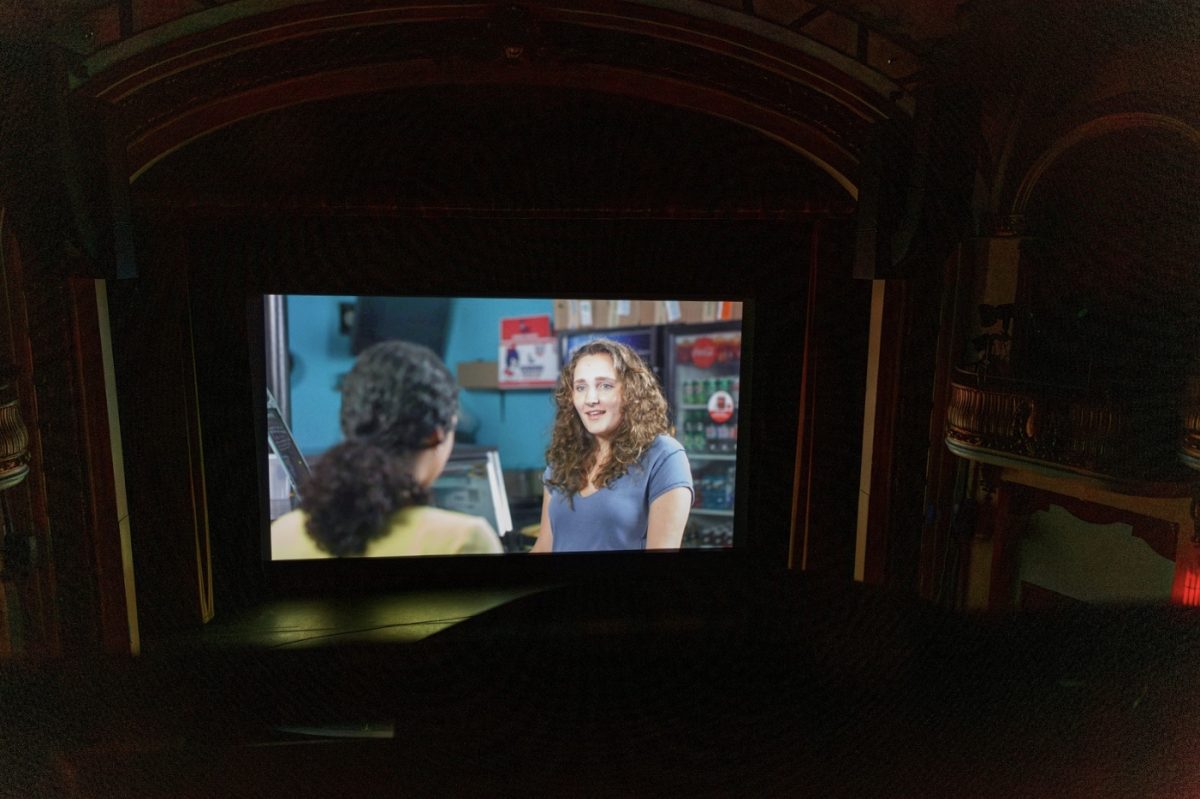

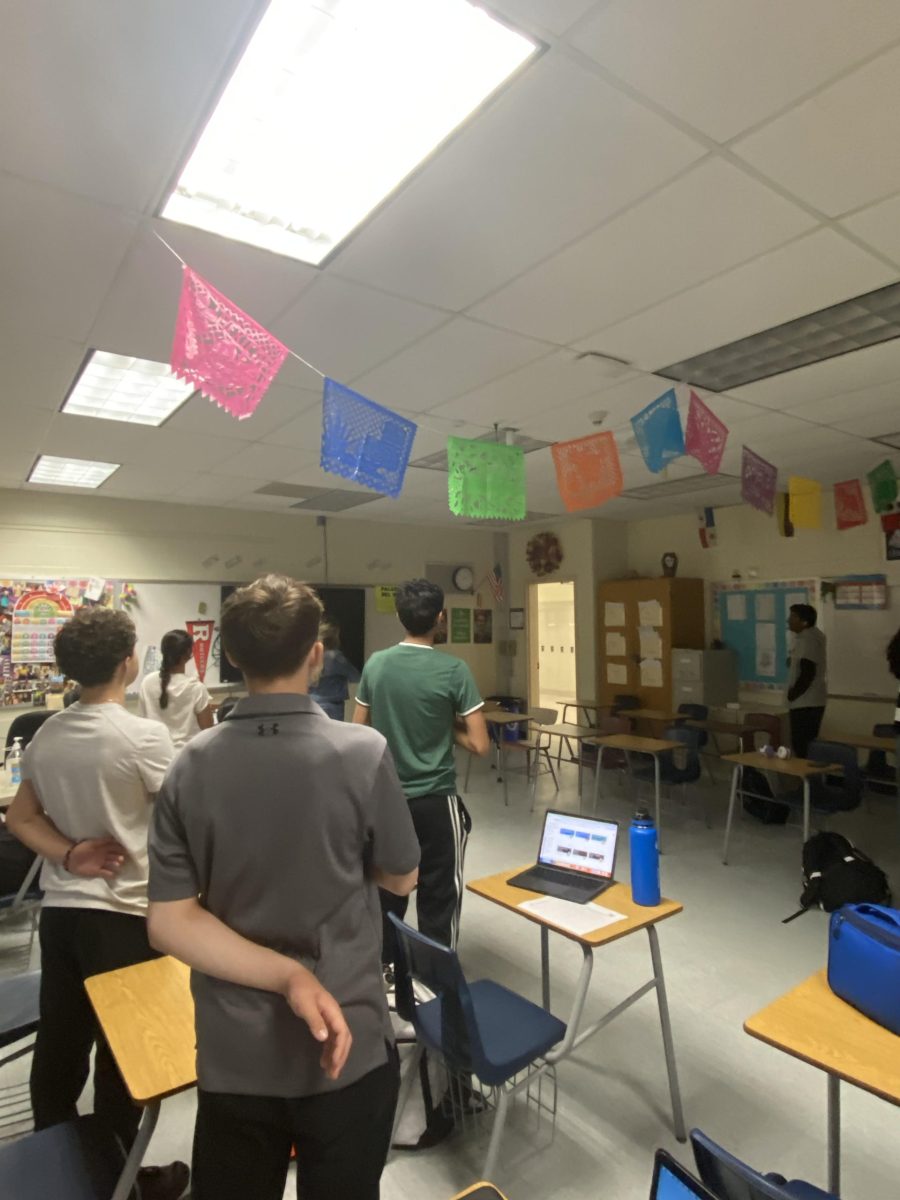
![The Jaguar student section sits down while the girls basketball team plays in the Great Eight game at the Denver Coliseum against Valor Christian High School Feb. 29. Many students who participated in the boys basketball student section prior to the girls basketball game left before half-time. I think it [the student section] plays a huge role because we actually had a decent crowd at a ranch game. I think that was the only time we had like a student section. And the energy was just awesome, varsity pointing and shooting guard Brooke Harding ‘25 said. I dont expect much from them [the Golden Boys] at all. But the fact that they left at the Elite Eight game when they were already there is honestly mind blowing to me.](https://bestofsno.com/wp-content/uploads/2024/05/IMG_7517-e1716250578550-900x1200.jpeg)

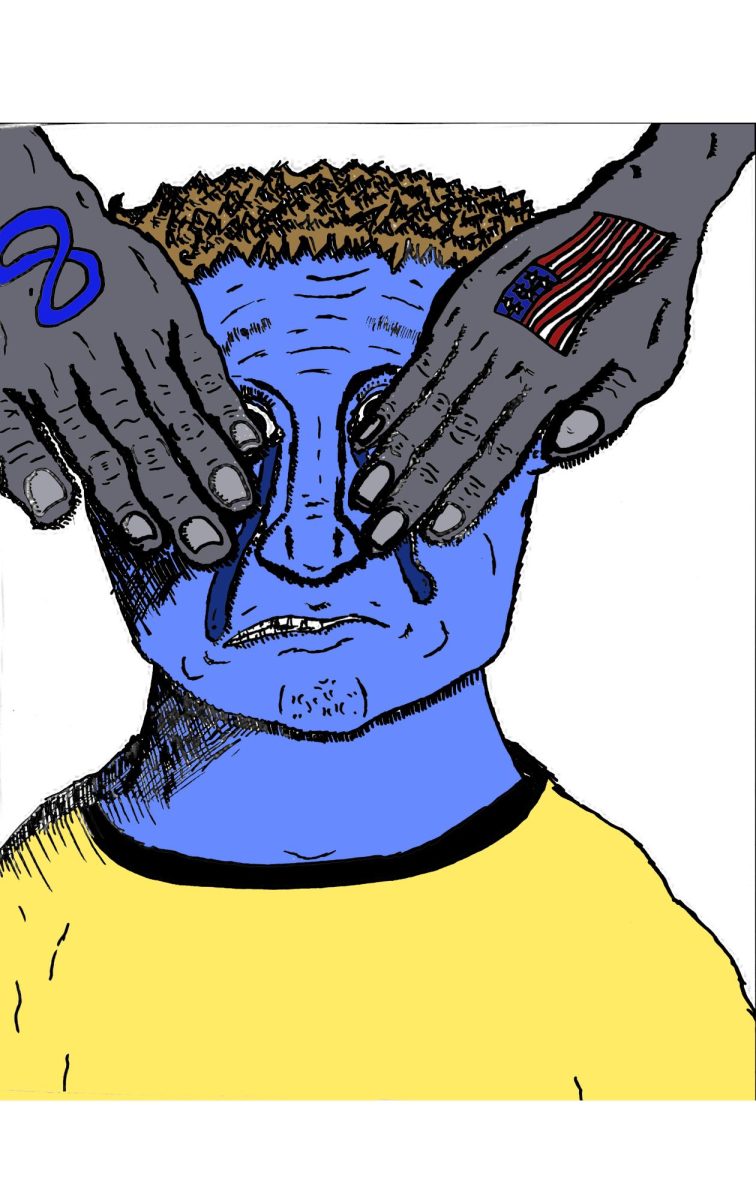



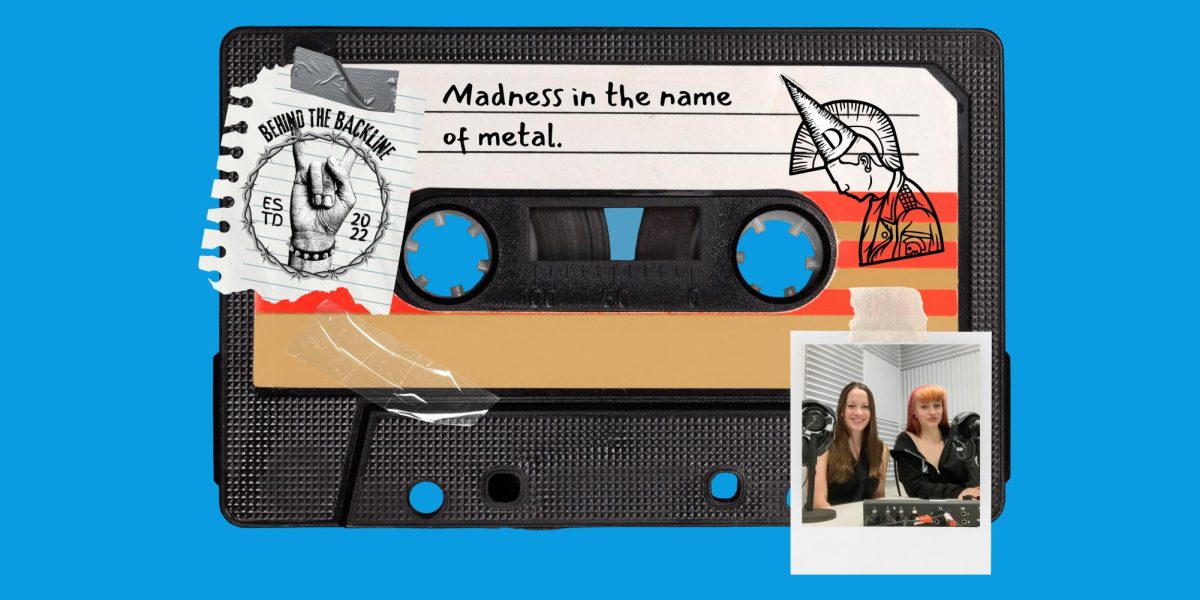
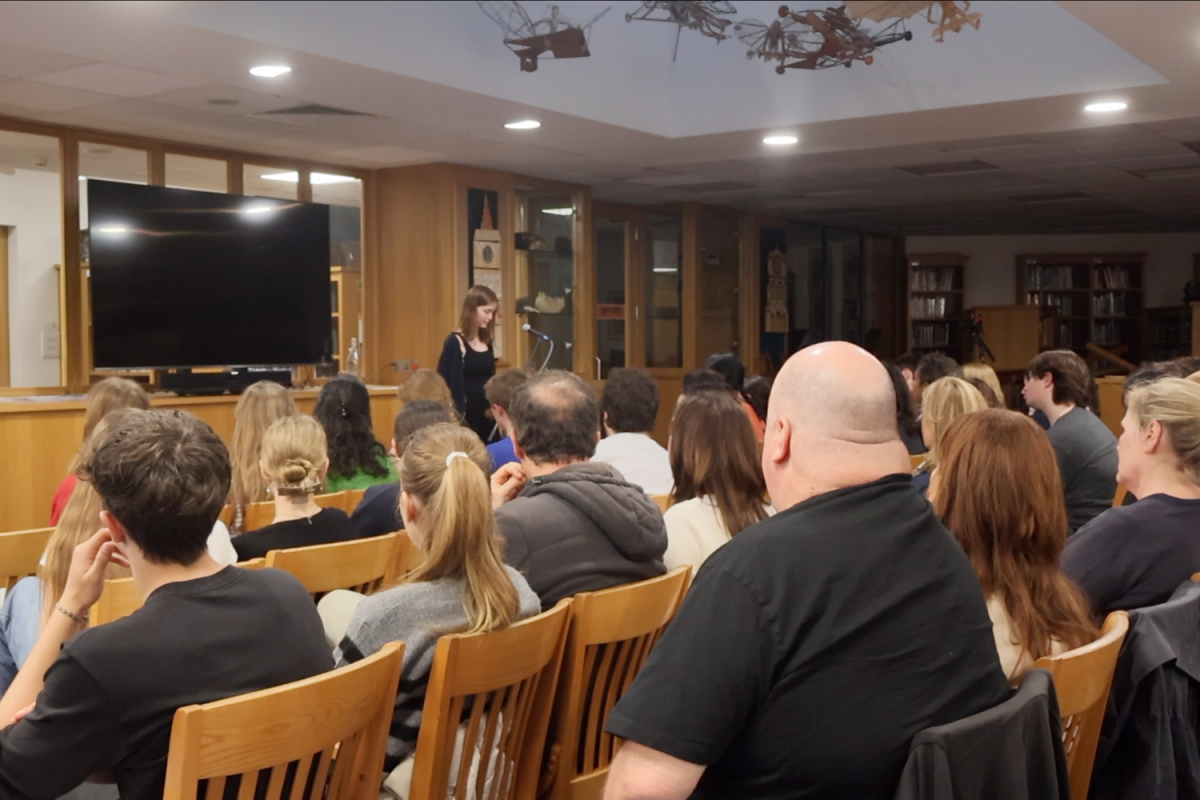


![BACKGROUND IN THE BUSINESS: Dressed by junior designer Kaitlyn Gerrie, senior Chamila Muñoz took to the “Dreamland” runway this past weekend. While it was her first time participating in the McCallum fashion show, Muñoz isn’t new to the modeling world.
I modeled here and there when I was a lot younger, maybe five or six [years old] for some jewelry brands and small businesses, but not much in recent years,” Muñoz said.
Muñoz had hoped to participate in last year’s show but couldn’t due to scheduling conflicts. For her senior year, though, she couldn’t let the opportunity pass her by.
“It’s [modeling] something I haven’t done in a while so I was excited to step out of my comfort zone in a way,” Muñoz said. “I always love trying new things and being able to show off designs of my schoolmates is such an honor.”
The preparation process for the show was hectic, leaving the final reveal of Gerrie’s design until days before the show, but the moment Muñoz tried on the outfit, all the stress for both designer and model melted away.
“I didn’t get to try on my outfit until the day before, but the look on Kaitlyn’s face when she saw what she had worked so hard to make actually on a model was just so special,” Muñoz said. “I know it meant so much to her. But then she handed me a blindfold and told me I’d be walking with it on, so that was pretty wild.”
Caption by Francie Wilhelm.](https://bestofsno.com/wp-content/uploads/2024/05/53535098892_130167352f_o-1200x800.jpg)



